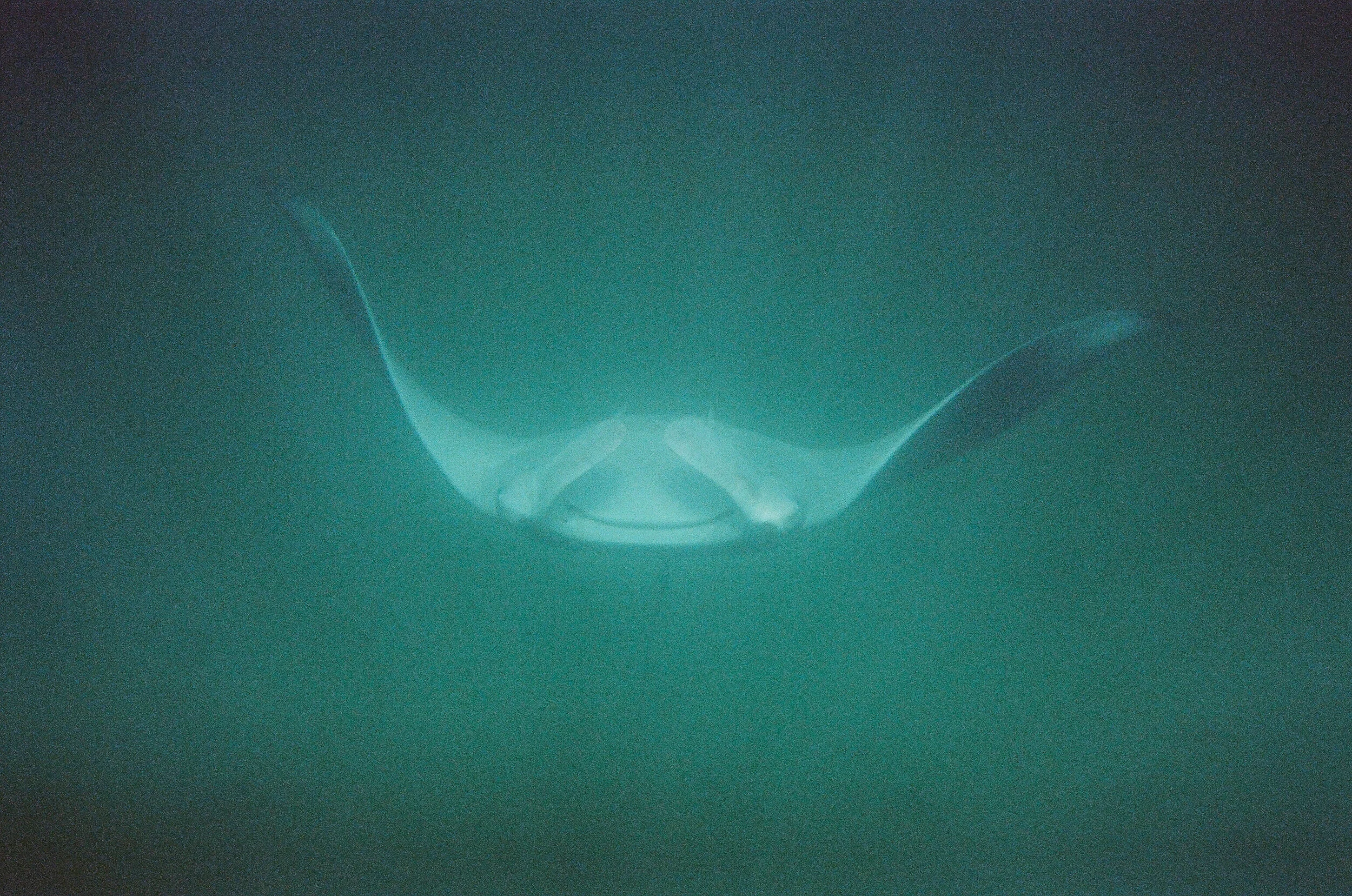
The Science
In Bygone Dives is comparing photos and videos contributed by recreational divers to scientific surveys to explore their scientific potential for monitoring marine life.
Underwater photographers are highly selective, often passing by common or ‘plain’ species in favour of photogenic or unusual creatures
Scientists are trained to use standardised methods designed to record a broad and representative range of the marine community
We want to find out how much of the marine life present is recorded by recreational divers. Further, we hope to explore whether gathering photographs from many divers, with a range of experience and interests, increases the diversity of marine life represented.
With this information, we can then use these photos and video observations to document how the marine life at dive sites has changed from the past and monitor them into the future.
The Future of Monitoring
The natural world is changing at an unprecedented pace, with precious marine habitat being lost and degraded and species shifting, declining, and even going extinct. However, it is not feasible or affordable to monitor everywhere, at all times, using trained scientists.
Recreational divers gathering and sharing photographs and videos, combined with image recognition technology, could enable continuous monitoring of marine life at many reefs in near real-time
The potential is near limitless, but first we need to better understand this 'noisy' data to reach this goal.
Top Banner Image: Manta Ray at Ningaloo Reef by Matthew Fuentes. Licence: CC BY-NC-ND



